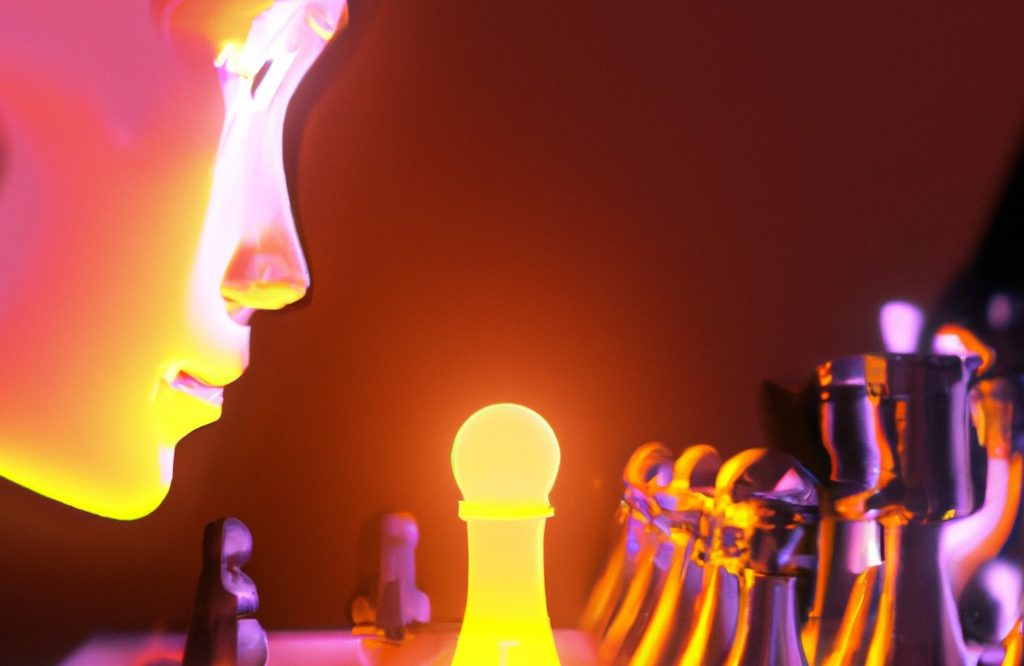Astrophysics explores the human factor in security screening


James Thorpe
Share this content
Every threat caught via automatic detection leaves officers free to focus on seemingly innocuous images more likely to contain carefully concealed threats, reports Astrophysics.
Today, a skilled and attentive X-ray analyst is one of the strongest available defences against violent threats or contraband.
Security personnel around the world leverage increasingly advanced X-ray scanners and other supporting technologies to greatly enhance operational safety for airlines, freight-forwarders, port authorities, government facilities and public venues.
However, human error is a fact of life.
Even the best analyst is capable of missing a well-hidden threat.
With this in mind, the prospect of effective automatic threat detection has been a driving force in the security industry for decades.
Recent progress in AI and deep learning algorithms have opened the door to threat detection software tools that deliver strong performance and further improve over time.
While computer-driven analysis cannot replace human inspection and verification, AI detection software helps ease the burden placed on analysts faced with high volumes of screening traffic.
Astrophysics AI
American X-ray manufacturer, Astrophysics, has launched AI software to detect guns, sharp objects, liquids and Lithium-ion (Li-Ion) batteries.
The AI detects common threat items including pistols, revolvers, gun parts, flick and fixed blades, Swiss army knives, kitchen knives, multi-tools, hazardous or explosive liquids and Li-Ion batteries.
Through full integration with the X-ray machine, Astrophysics AI automatically stops the conveyor belt when a threat is detected and identifies threat(s) with a red box.
The simple on-screen prompts enable operators to confidently utilise the AI software and the automated process supports training of new or inexperienced personnel.
The AI algorithm also continuously improves, creating a growing catalogue of identified threats.
Ultimately, AI software reduces the burden on operators, accelerates decision times and boosts threat detection.
Specialised threats
Not all potential threats come from intentionally harmful devices. Li-Ion batteries are ubiquitous in the modern air travel industry and one of the most hazardous items that passengers regularly carry.
Handheld consumer electronics like phones, tablets, electric toothbrushes and battery banks are a leading cause of incendiary or explosive incidents recorded by the US Federal Aviation Administration (FAA).
Li-Ion batteries utilise electrically charged lithium stored under high pressure to produce energy.
These lithium ions are highly reactive with air and water: Damaged batteries begin smoking and may ignite or even explode.
While fire hazards are serious enough in their own right, the results can be catastrophic in a sensitive environment like the cargo hold of a plane.
Li-Ion batteries pose a threat even after disposal. Processing and recycling facilities are at significant risk for fires caused by these batteries.
In a 2021 report, the US Environmental Protection Agency (EPA) recorded 245 fires across 64 waste management facilities in the US that are either confirmed or likely caused by Li-Ion batteries from 2013 to 2021.
These fires have damaged equipment, destroyed whole facilities and caused severe injuries to employees and firefighters.
Batteries come in many shapes and sizes, from small palm-sized phone batteries to massive half-ton battery packs used in electric vehicles.
Such broad variation previously made conventional detection based on material properties, rough shapes and configurable size thresholds ineffective.
With the advent of AI detection, it is now possible to accurately detect most Li-Ion batteries.
Untapped potential
The compelling use-cases for AI-based detection software go beyond weapons, explosives and batteries.
The ability to progressively train an AI model for specific atomic Z-values, shapes, sizes, patterns and other key attributes opens the door to detecting innumerable items or points of interest.
For example, spotting material defects off of a production line, flagging fraudulent product returns, or anything else with sufficiently distinctive characteristics are now well within the realm of possibility.
As new detection tools continue to improve through accumulated data, AI algorithms may yet reveal new advantages and applications once matured.
Best of all, the iterative nature of AI development and training makes it highly customisable to suit each individual customer’s mission specific needs.
Astrophysics XIS‑6040SE
The XIS‑6040SE is a new-generation X-ray scanner designed around full integration with AI-powered threat detection and enhanced mobility for adapting to changing traffic demands.
Astrophysics AI software automatically detects guns and knives to deliver rapid, effective screening for the threats most pertinent to school safety and security.
Its customised deep learning algorithm progressively iterates on threat recognition using real screening data collected during system operation to improve detection performance over time.
With the ability to detect knives, guns and even parts of disassembled guns in a multitude of orientations, the XIS‑6040SE helps screeners quickly identify threatening items and invest the time they save in more thorough inspections of benign images that might contain more carefully disguised dangers.
The system’s shock-absorbing casters, stainless-steel handles, collapsible roller tables and spill-resistant conveyor make it suitable for redeployment to various locations across campuses and event venues.
The XIS‑6040SE leverages Astrophysics’ leading image quality and support for centralised management through the Astrophysics Management System (AMS) server to deliver unmatched screening performance and outstanding operational availability.
The ability to prepare and deploy AI training updates to all networked machines ensures all XIS‑6040SE units contribute to and benefit from algorithm performance updates.


